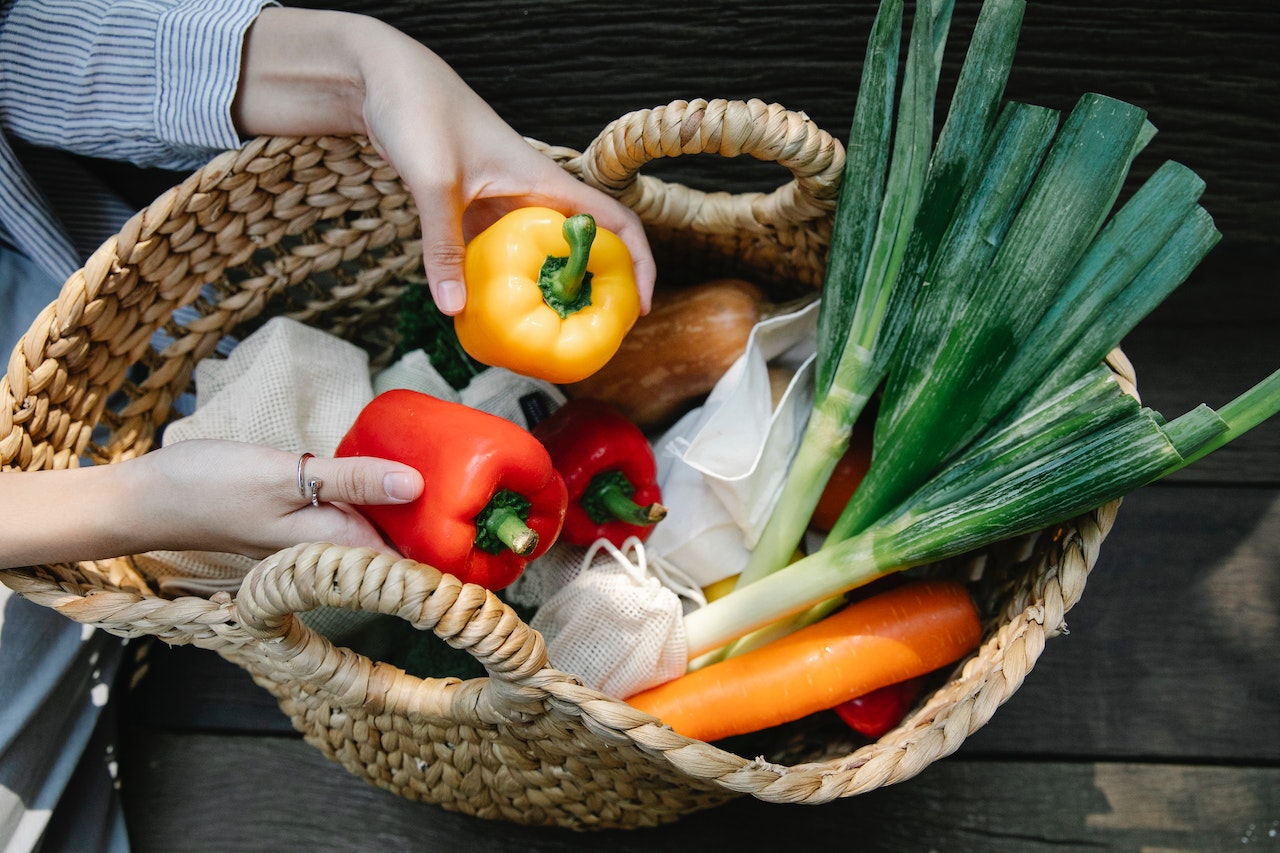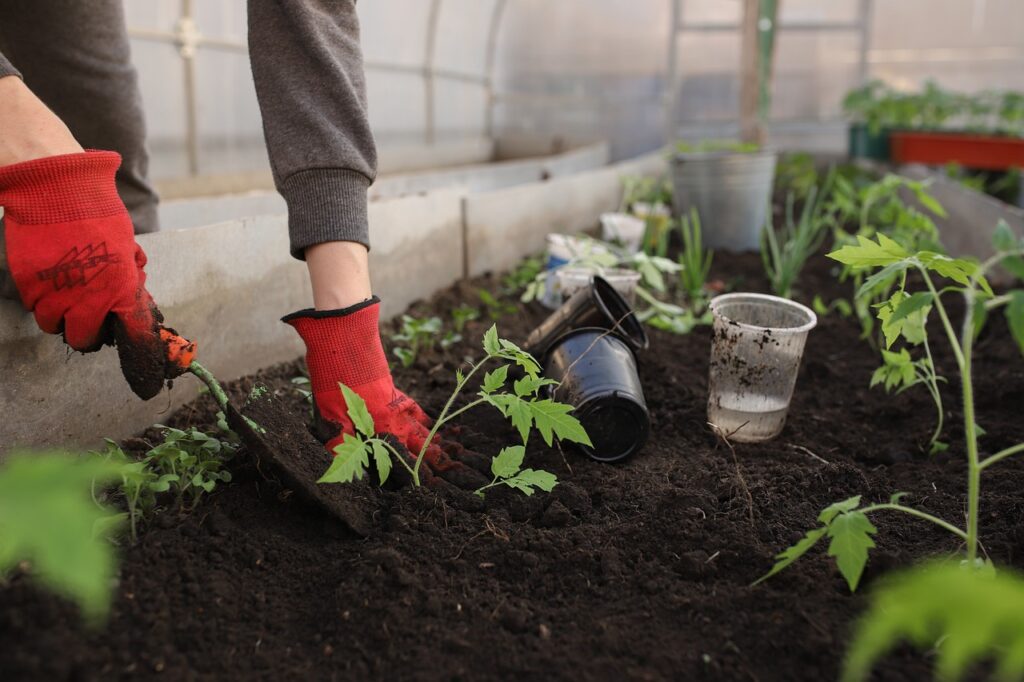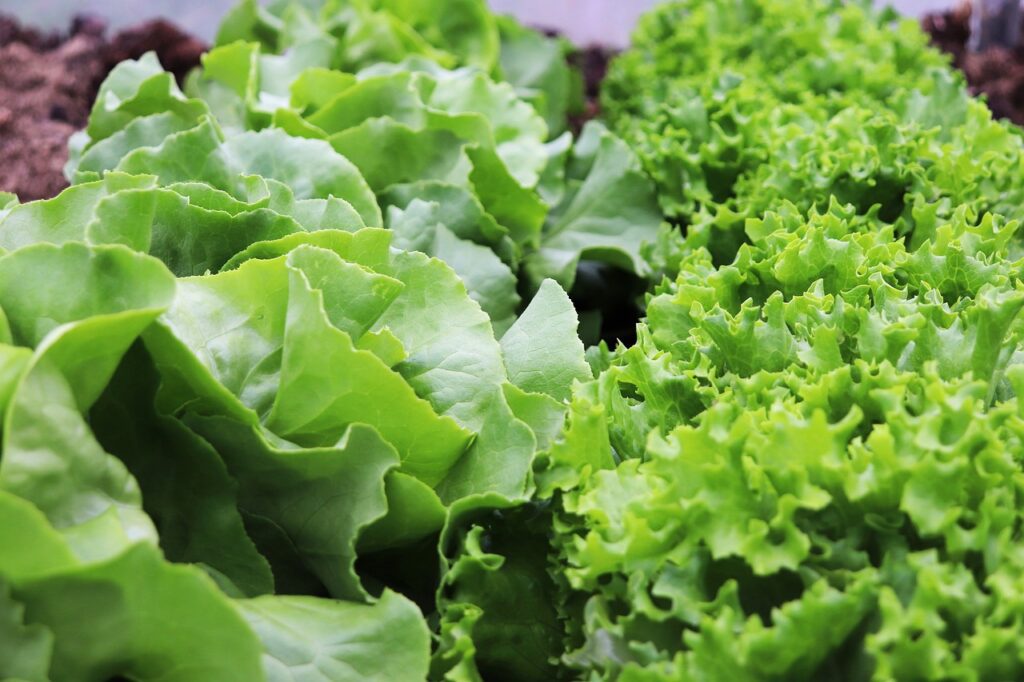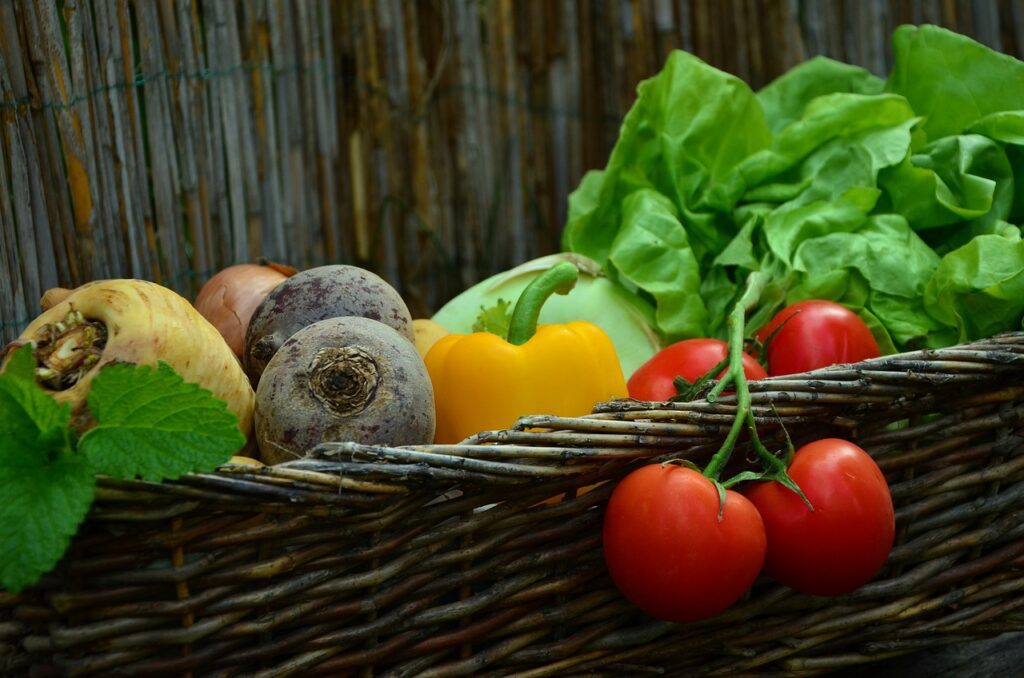Introduction
Growing your own vegetables is a rewarding and sustainable way to provide fresh, nutritious food for yourself and your family. Whether you have a large backyard or a small balcony, you can create a thriving vegetable garden and enjoy the satisfaction of harvesting your own produce. In this comprehensive guide, we will walk you through the step-by-step process of growing your own vegetables, from planning and preparation to harvesting and beyond. Let’s dive in and discover the joys of cultivating your own edible garden!
1. Planning Your Vegetable Garden
Before you get your hands dirty, it’s essential to plan your vegetable garden. Consider the available space, sunlight exposure, and your gardening goals. Sketch out a layout that optimizes space and ensures proper crop rotation. A well-planned garden will help you make the most of your resources and increase your chances of a successful harvest.
2. Choosing the Right Vegetables
Selecting the right vegetables for your garden is crucial for a thriving harvest. Consider your climate, available space, and personal preferences when choosing what to grow. Start with easy-to-grow varieties like tomatoes, lettuce, and radishes. Research the specific requirements of each vegetable and choose varieties that are well-suited to your region.
3. Preparing the Soil
Good soil is the foundation of a healthy vegetable garden. Test your soil’s pH level and nutrient content. Amend the soil with organic matter like compost or well-rotted manure to improve its structure and fertility. Remove any weeds, rocks, or debris from the planting area. Loosen the soil to a depth of at least 12 inches to promote root growth and ensure proper drainage.
4. Starting Seeds Indoors
To get a head start on the growing season, start some vegetable seeds indoors. Use seed trays or small pots filled with a sterile seed starting mix. Plant the seeds according to the instructions on the packet and provide them with warmth, moisture, and adequate light. Once the seedlings have developed a few sets of leaves, they will be ready for transplanting.
5. Transplanting Seedlings
When the threat of frost has passed and the soil has warmed up, it’s time to transplant your seedlings into the garden. Choose a cloudy day or transplant in the evening to minimize stress on the plants. Dig a hole slightly larger than the root ball of the seedling, gently remove it from the container, and place it in the hole. Firmly press the soil around the base of the plant to eliminate air pockets.
6. Direct Sowing of Seeds
Some vegetables, like carrots, beans, and corn, are best sown directly into the garden. Prepare the soil by removing any weeds and creating furrows or rows. Follow the seed packet instructions for the correct spacing and planting depth. Sow the seeds evenly along the furrow and cover them with soil. Water gently but thoroughly to ensure good seed-to-soil contact.
7. Providing Adequate Sunlight
Most vegetables require full sun to thrive and produce a bountiful harvest. Choose a location in your garden that receives at least six to eight hours of direct sunlight each day. If you have limited sun exposure, consider growing shade-tolerant vegetables like leafy greens, beets, or herbs. Monitor the sun patterns in your garden throughout the day and adjust your plant placement accordingly.
8. Watering and Irrigation
Consistent watering is essential for healthy plant growth. Most vegetables prefer evenly moist soil, so water them deeply when the top inch of soil feels dry. Avoid overhead watering, as it can promote the spread of diseases. Consider installing a drip irrigation system or using soaker hoses to deliver water directly to the plant’s root zone while minimizing water waste.
9. Feeding and Fertilizing
To promote vigorous growth and high yields, feed your vegetable plants with organic fertilizers or compost. Apply a balanced fertilizer during planting and periodically throughout the growing season. Follow the instructions on the product packaging to ensure the correct application rate. Avoid over-fertilizing, as it can lead to excessive foliage growth at the expense of fruit production.
10. Mulching for Weed Control
Mulching is a fantastic way to suppress weeds, conserve moisture, and regulate soil temperature. Apply a layer of organic mulch, such as straw, wood chips, or compost, around your vegetable plants. Keep the mulch a few inches away from the stems to prevent rotting. Replenish the mulch as needed throughout the season to maintain a depth of two to three inches.
11. Dealing with Pests
Protecting your vegetable garden from pests is essential to ensure a successful harvest. Identify common garden pests in your area and implement preventative measures like physical barriers, companion planting, or natural pest repellents. Regularly inspect your plants for signs of pest damage and take appropriate action, such as handpicking insects or using organic pest control methods when necessary.
12. Recognizing Plant Diseases
Plant diseases can quickly devastate a vegetable garden if left untreated. Learn to recognize common plant diseases like powdery mildew, blight, or rot. Practice good garden hygiene by removing infected plant material and disposing of it properly. Provide adequate air circulation around your plants and avoid overwatering, as excess moisture can promote disease development.
13. Pruning and Training
Some vegetables, such as tomatoes and cucumbers, benefit from pruning and training to improve airflow and support fruit production. Remove suckers from tomato plants and train the main stem onto a stake or trellis. For vining vegetables like cucumbers or squash, guide the vines along a trellis or fence to save space and reduce disease risks.
14. Supporting Vertical Growth
Vertical gardening is an excellent technique for maximizing space in small gardens. Use trellises, cages, or stakes to support plants that tend to sprawl or climb. Peas, beans, cucumbers, and tomatoes are just a few examples of vegetables that can be trained to grow vertically. Regularly check the supports and adjust as needed to prevent damage to the plants.
15. Harvesting Vegetables
The moment of harvesting is the culmination of your hard work and patience. Harvest vegetables at their peak of ripeness for the best flavour and texture. Use a sharp knife or garden shear to cut the vegetables from the plant, taking care not to damage the remaining foliage or nearby fruits. Harvest leafy greens and herbs by picking individual leaves as needed, allowing the plants to continue growing.
16. Storing and Preserving
To make the most of your vegetable harvest, it’s essential to store and preserve the excess produce. Proper storage conditions can extend the shelf life of vegetables. Some vegetables, like carrots and beets, can be stored in a cool, dark place with high humidity, while others, like tomatoes and peppers, are best stored at room temperature. Consider freezing, canning, or drying surplus vegetables to enjoy them throughout the year.
17. Extending the Growing Season
If you live in a region with a short growing season, you can extend it by using various techniques. Start plants indoors early, use season extenders like cold frames or row covers, or consider growing cold-tolerant vegetables in the fall. Explore the possibility of a greenhouse or hoop house to provide a controlled environment for year-round vegetable cultivation.
18. Crop Rotation
Crop rotation is a vital practice for maintaining soil fertility and reducing the risk of pests and diseases. Rotate your vegetable crops annually, following a systematic pattern to prevent the buildup of soil-borne pathogens and pests. Avoid planting crops from the same family in the same area for consecutive years.
19. Companion Planting
Companion planting is the strategic placement of plants to enhance growth, deter pests, or improve flavor. Some plants have natural affinities or repel pests when grown together. For example, planting marigolds near tomatoes can repel nematodes, while growing basil near peppers can enhance their flavor. Explore companion planting guides to maximize the benefits in your vegetable garden.
20. Organic Gardening Practices
Embracing organic gardening practices promotes environmental sustainability and produces healthier, chemical-free vegetables. Avoid synthetic pesticides, herbicides, and fertilizers, and opt for organic alternatives. Build healthy soil through composting, crop rotation, and cover cropping. Encourage beneficial insects and birds to control pests naturally. Practice responsible water management and conserve resources whenever possible.
21. Troubleshooting Common Issues
Even the most experienced gardeners face challenges in their vegetable gardens. Learn to troubleshoot common issues like nutrient deficiencies, poor pollination, or irregular fruiting. Identify the symptoms, research the possible causes, and take appropriate corrective actions. Gardening forums, local extension offices, and reputable gardening books are valuable resources for problem-solving.
Frequently Asked Questions
Q: How often should I water my vegetable garden?
A: Water deeply and thoroughly whenever the top inch of the soil feels dry. Most vegetables prefer evenly moist soil.
Q: Can I grow vegetables in containers?
A: Yes, many vegetables can be successfully grown in containers. Choose appropriate-sized containers and use a well-draining potting mix.
Q: How long does it take for vegetables to germinate?
A: Germination times vary depending on the vegetable. It can range from a few days to a couple of weeks. Refer to the seed packet for specific information.
Q: What are some natural ways to control pests in the garden?
A: Companion planting, introducing beneficial insects, and using organic pest repellents like neem oil or garlic spray are effective natural pest control methods.
Q: How do I know when vegetables are ready to be harvested?
A: Each vegetable has different signs of ripeness. Generally, vegetables are ready to harvest when they have reached their mature size and colour, or when they easily detach from the plant with a gentle tug.
Q: What should I do with excess produce from my vegetable garden?
A: Consider sharing with friends, family, or neighbours, or donating to local food banks. You can also preserve excess produce through freezing, canning, or drying.
Conclusion
Growing your own vegetables is a fulfilling and empowering experience. By following this step-by-step guide, you can embark on a journey to cultivate a bountiful garden that provides you with fresh and nutritious produce. Remember to plan your garden, choose the right vegetables, prepare the soil, and provide proper care throughout the growing season. Embrace organic practices, troubleshoot common issues, and enjoy the rewards of your hard work. Happy gardening!



